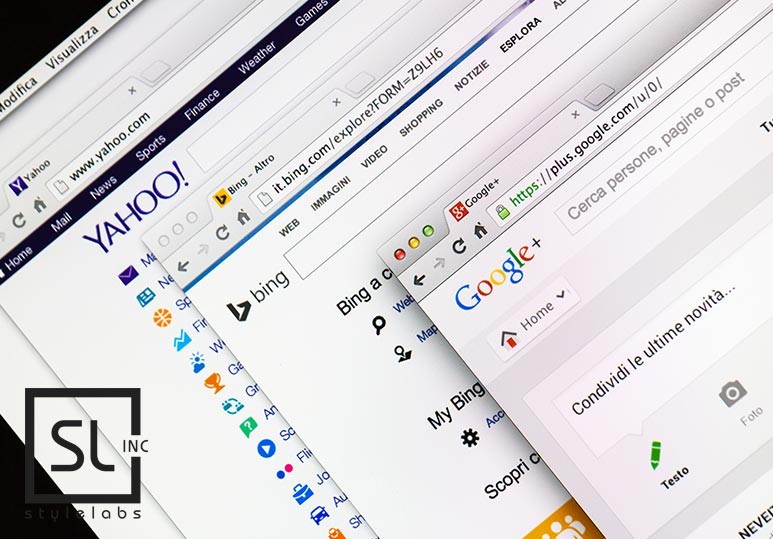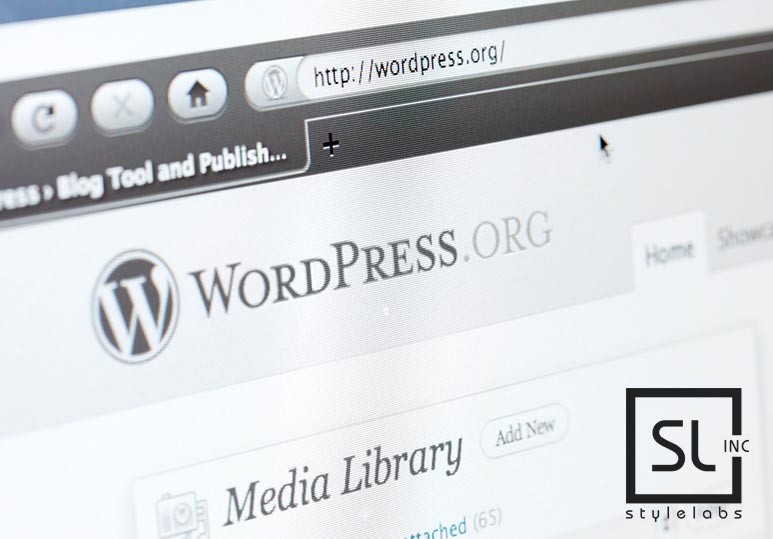Trend #1: The Use of Artifical Intelligence
Over the past few years, Artificial Intelligence and concepts related to it, such as machine learning; natural language processing; deep learning; and its relation to the Internet of Things (IoT) have become hot topics. Most sources tend to agree that this is likely to continue throughout 2018.
What's the impact of this trend? Those in our industry are familiar with the fact that deep learning algorithms are used by giants like Google, Amazon, and Netflix for purposes like voice recognition, image recognition, and providing customers with relevant suggestions. However, AI can be employed in a huge range of industries, including business, finance, education and healthcare. According to Entrepreneur, 20% of AI-aware firms have become early adopters.
Throughout 2018, it appears that AI will have a strong role to play in assisting with or automating certain tasks so that employees can focus on other aspects of their jobs.
Here are a few examples:
- In healthcare, machine learning algorithms have been used to spot trends across datasets that enable medical researchers to catch problems that might otherwise go unnoticed.
- On a similar note, we were interested to find out that this year, Google’s Launchpad studio has offered mentorship and support to startups that use AI and machine learning to offer solutions to the healthcare industry. One of these startups aims to use Google Glass to collect data, and then employs natural language processing to relay the information to clinicians.
- The gathering and effective use of data is key to businesses, whether it’s related to managing assets, human resources, or gaining insights into consumer behaviour. It is speculated that the “boom” in IoT will mean more data being created, and in turn, more potential for analysis and data-driven solutions.
- While an increasing number of companies have been enlisting CDO’s (Chief Data Officers) to ensure efficiency on this front, data companies are also employing machine learning to clean and analyze large amounts of data.
Trend #2: Digital Assistants and Voice Search In-Home And At Work
Voice-controlled digital assistants, like Amazon’s Alexa, have grown in popularity and accessibility over the course of 2017. This growth is projected to continue over the course of the upcoming year.
Digital assistants like Alexa and Google Home have helped homeowners consolidate control of smart devices in their homes; make calls or online searches, and order items they’re running low on. These assistants won’t be limited to home or mobile, however: in late November 2017, Amazon announced that they would be rolling out Alexa for business.
Digital assistants, as well as the increasing popularity of voice search on phones, has also been affecting the way that we search for information online. Many consumers are now searching using voice rather than typing in their queries.
- According to a Google-commissioned study, 41% of adults use voice search, and more than half of teens use it. 89% of teens and 85% of adults say they use voice search because “it’s the future”.
- This has already made an impact on how businesses and marketing professionals approach SEO, and will likely continue to do so over the coming years.
Trend #3: Preparation For A Shift From 4G to 5G
As of January 4th, two major telecom companies in the US have stated that they’ll be rolling out 5G networks by the end of this year. Additionally, this summer, the Government of Canada launched a consultation on 5G support in order to gain feedback from key players in the industry as well as private individuals. GoC noted in their brief on the topic that 5G networks have the potential to contribute to “enhanced/ultra-fast mobile broadband; massive machine type communications; and reliable, low latency communications”.
5G will allow users to download movies, games, apps, and more in a fraction of the time that they’re currently used to: roughly 100 times faster than they can on a 4G network! However, the potential related to the removal of barriers around bandwidth is much bigger than that.
The breakdown of applications for this look incredibly intriguing:
- Business Insider has noted that 5G’s fast speeds could be perfect for providing a stream of data for self-driving car systems.
- Gemalto suggests 5G networks will also be designed to bring “the level of performance needed for massive IOT.”
- the Government of Canada notes that this has the potential to affect industries such as healthcare, transportation, and even smart cities.
Trend #4: An Increased Application Of IoT and IIoT Technology
Most consumers are familiar with the Internet of Things in the context of smart and connected home devices. However, this trend is also swiftly gaining traction with businesses as well.
According to a study cited in MachineDesign, 86% of respondents are currently adopting Industrial Internet of Things (IIoT) applications in their industries. In this survey, respondents were primarily in the construction; transportation; oil and gas; and manufacturing industries.
Furthermore, a recent article in Forbes notes that the Internet of Things will provide marketing professionals with new ways to interact with customers.
What Are You Looking Forward To In 2018?
Which changes and development are most interesting to you? Do you foresee any of these developments impacting your business?
Shoot our Calgary-based marketing team a quick message through the contact form, send us an email, or get in touch with us on social media to let us know your thoughts. We’d love to hear from you!



